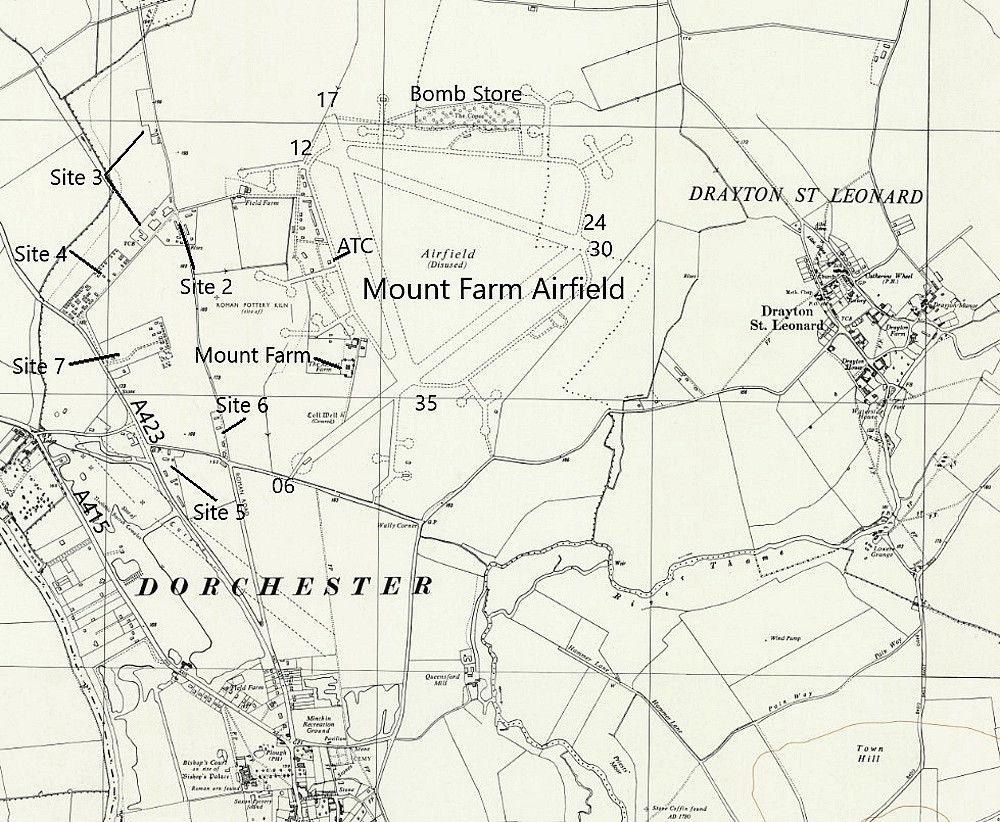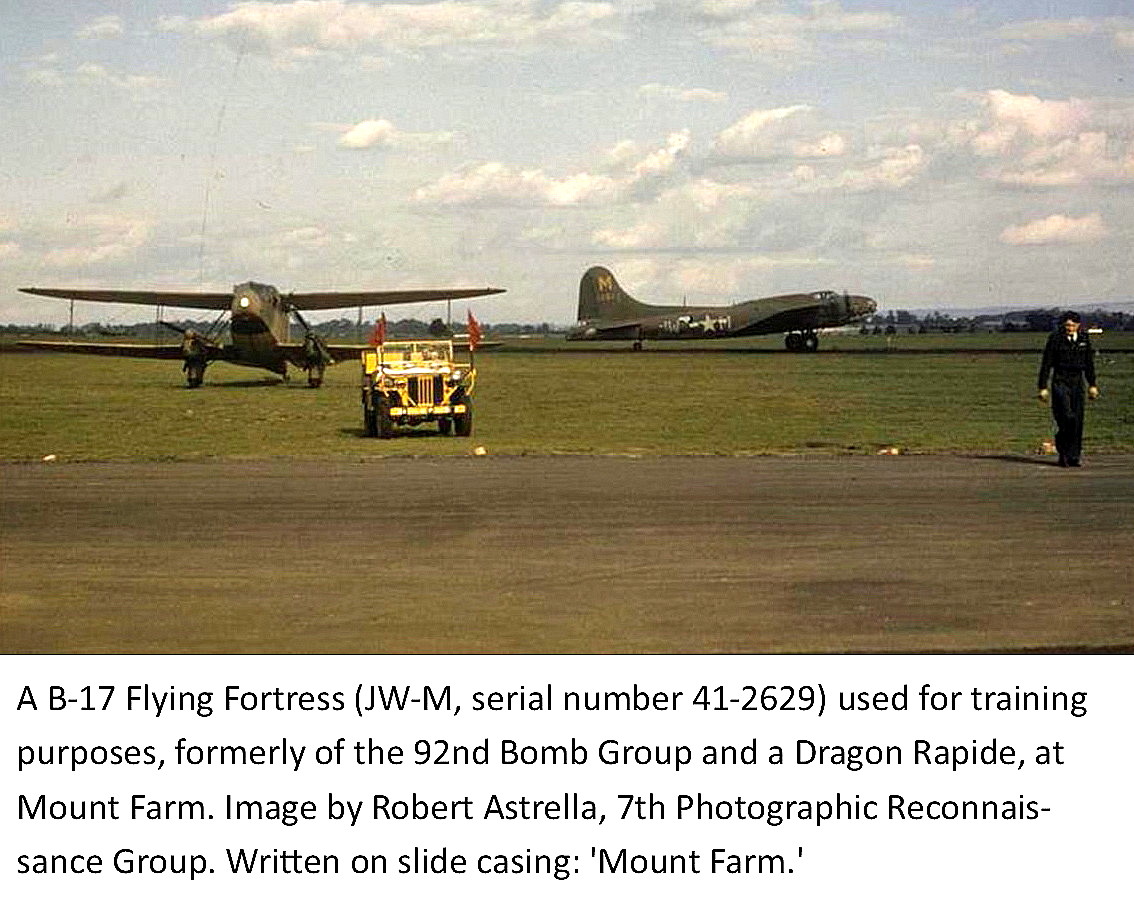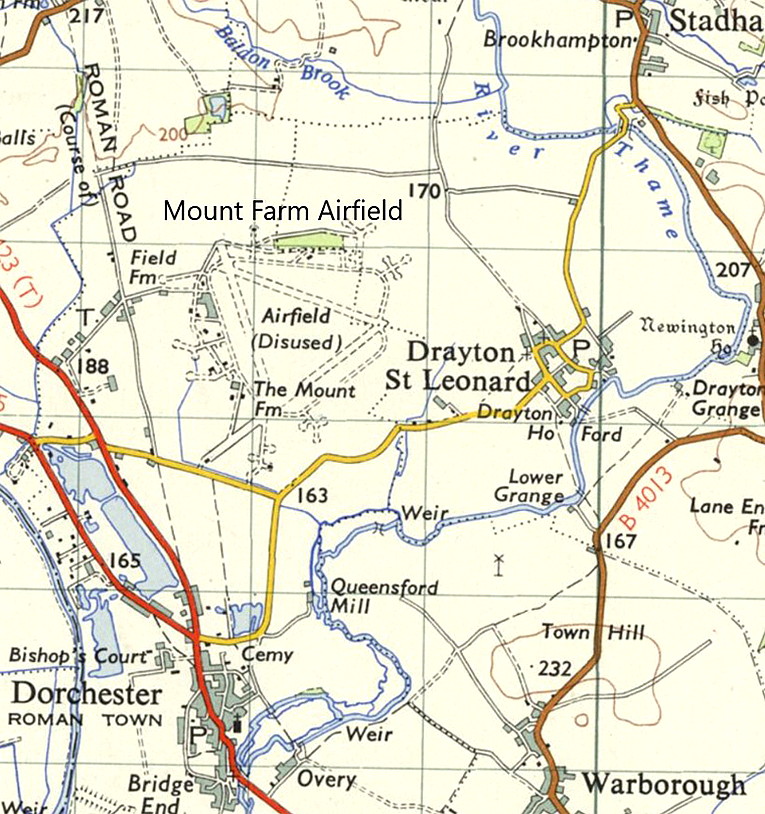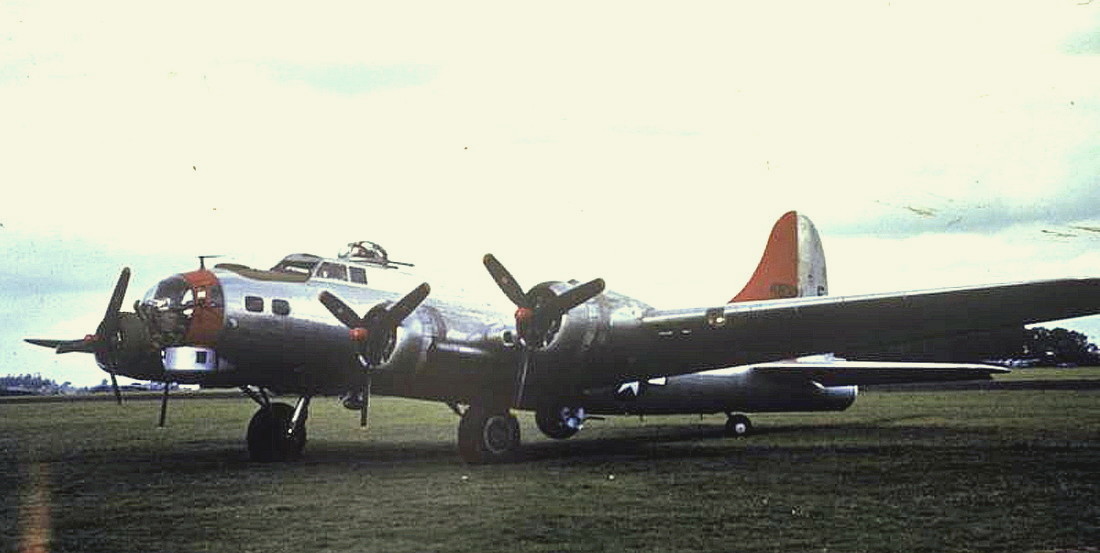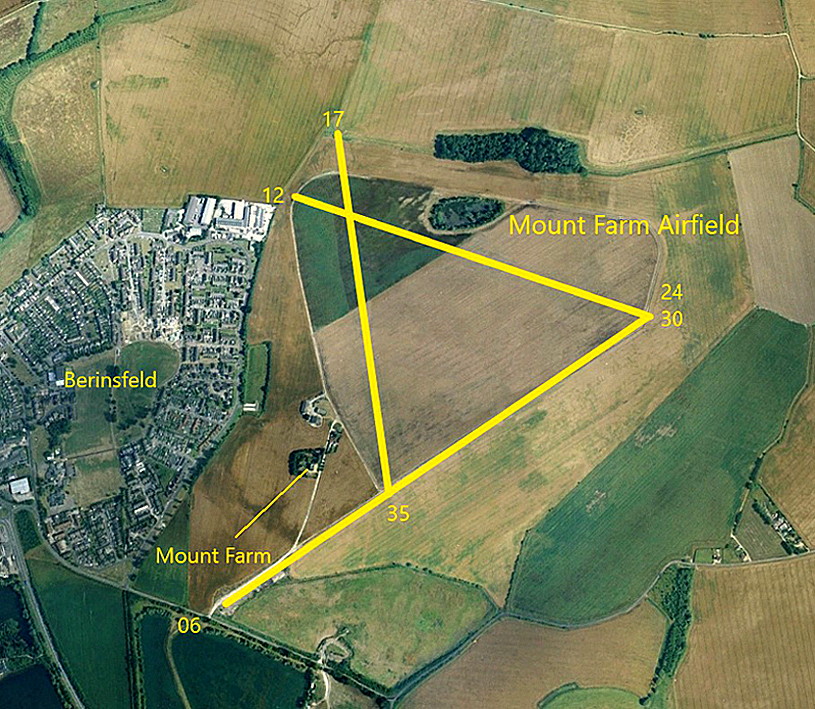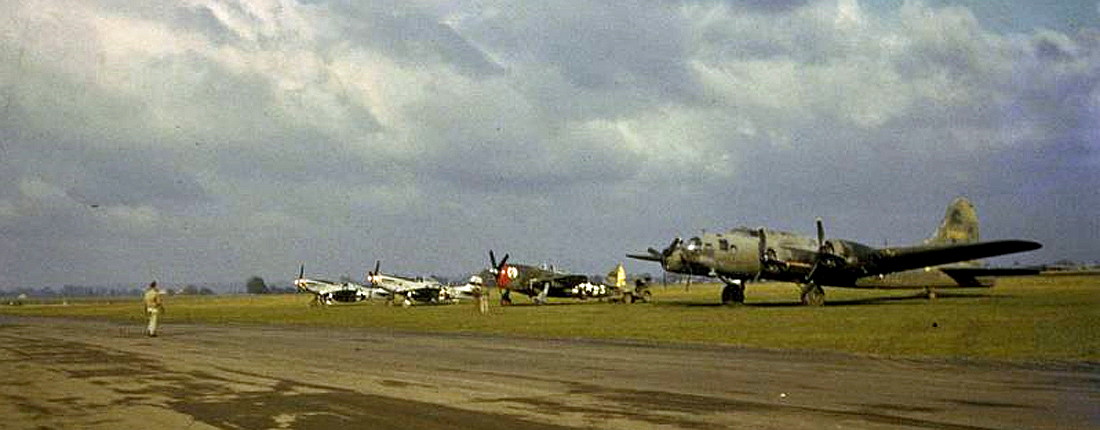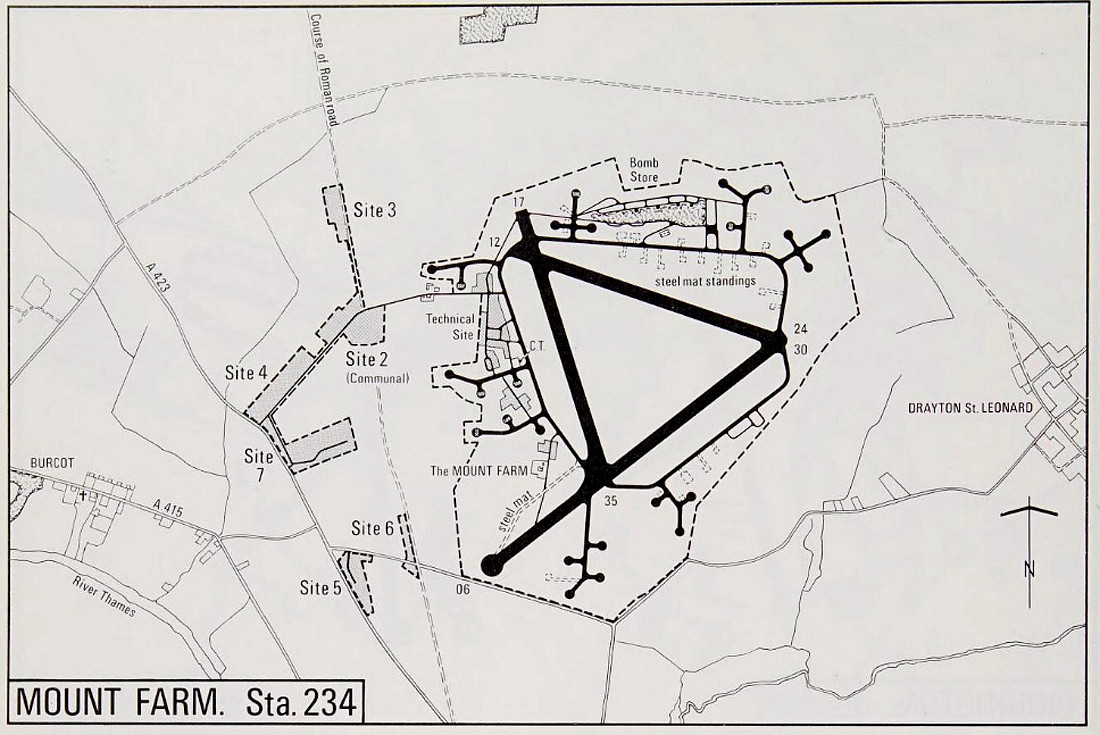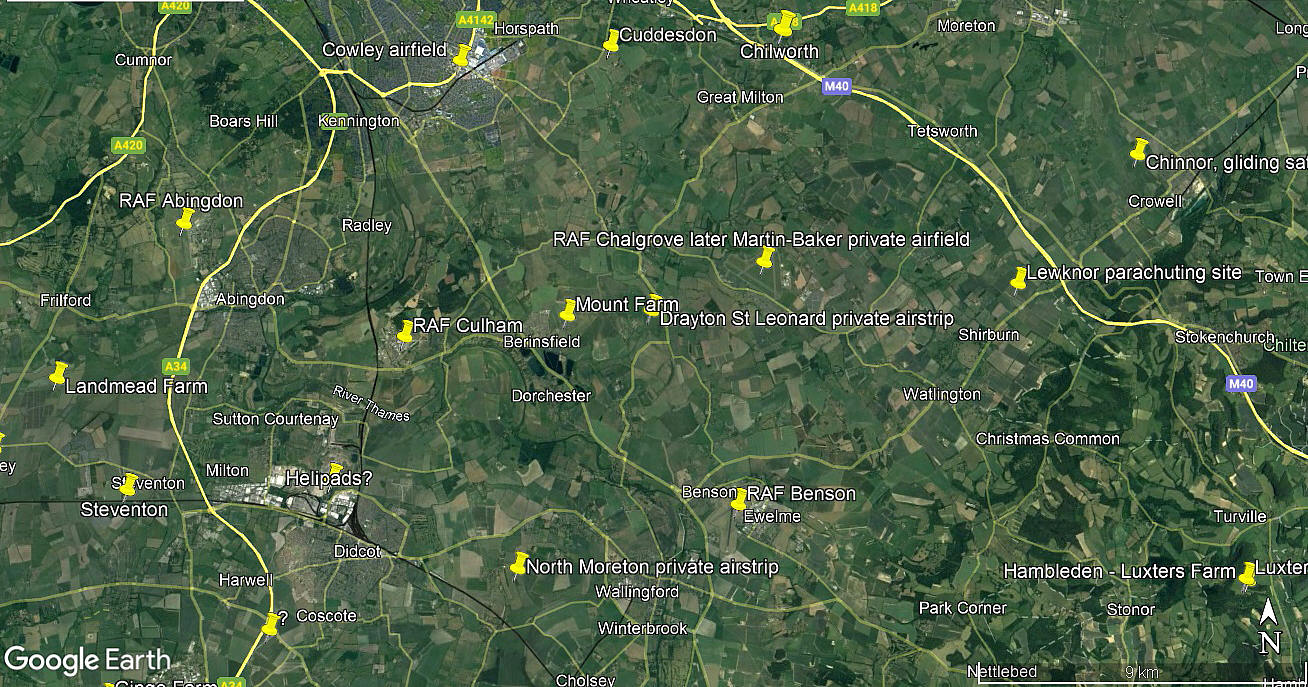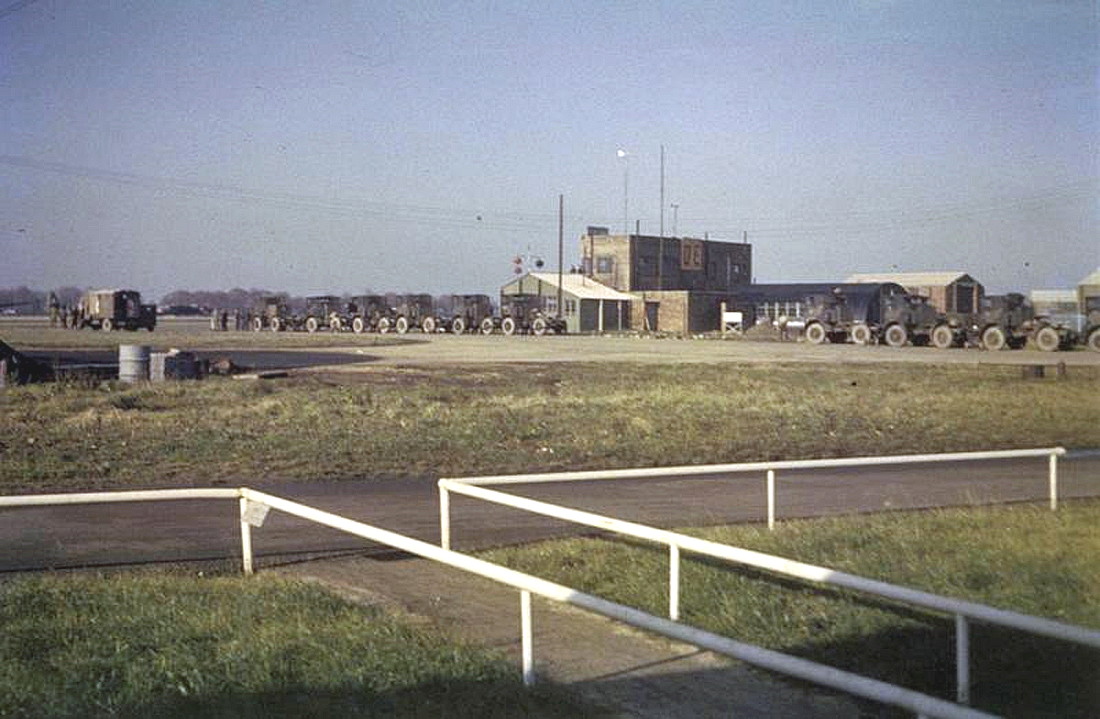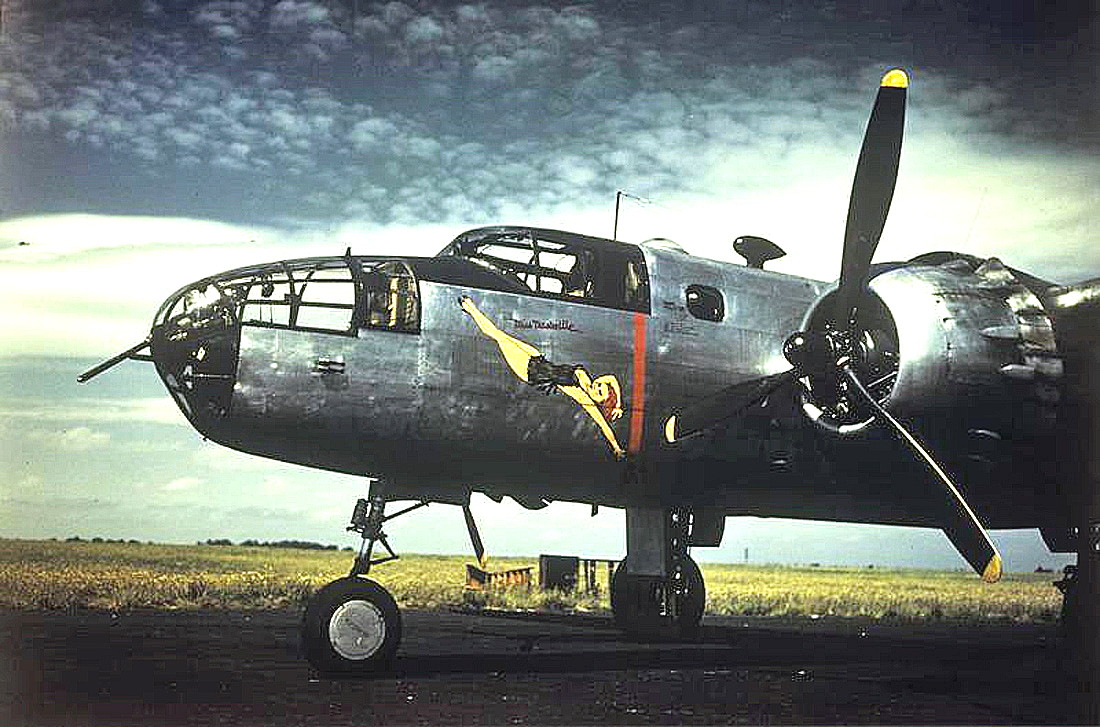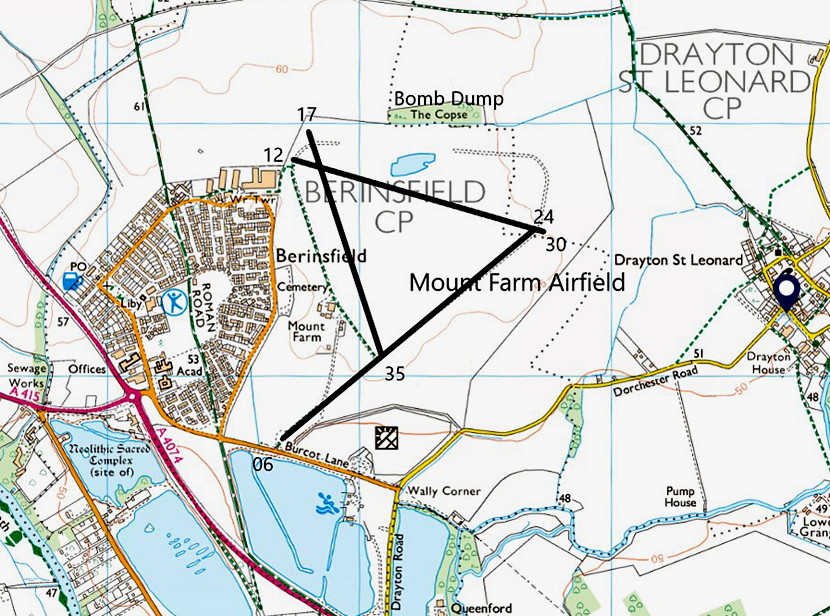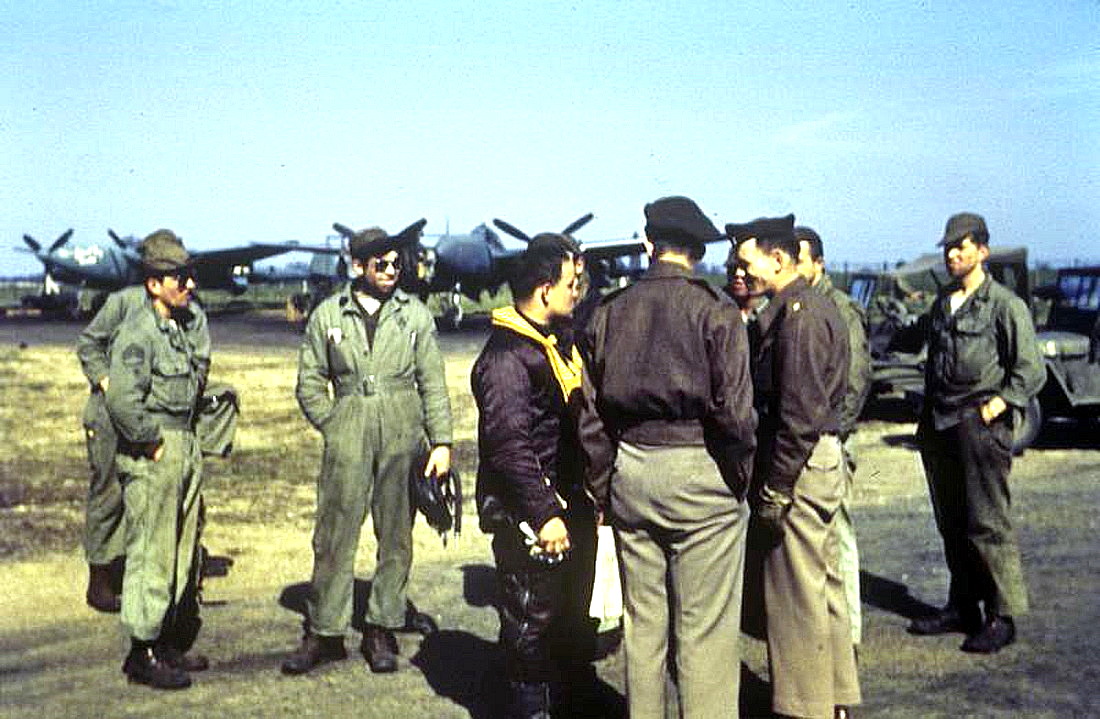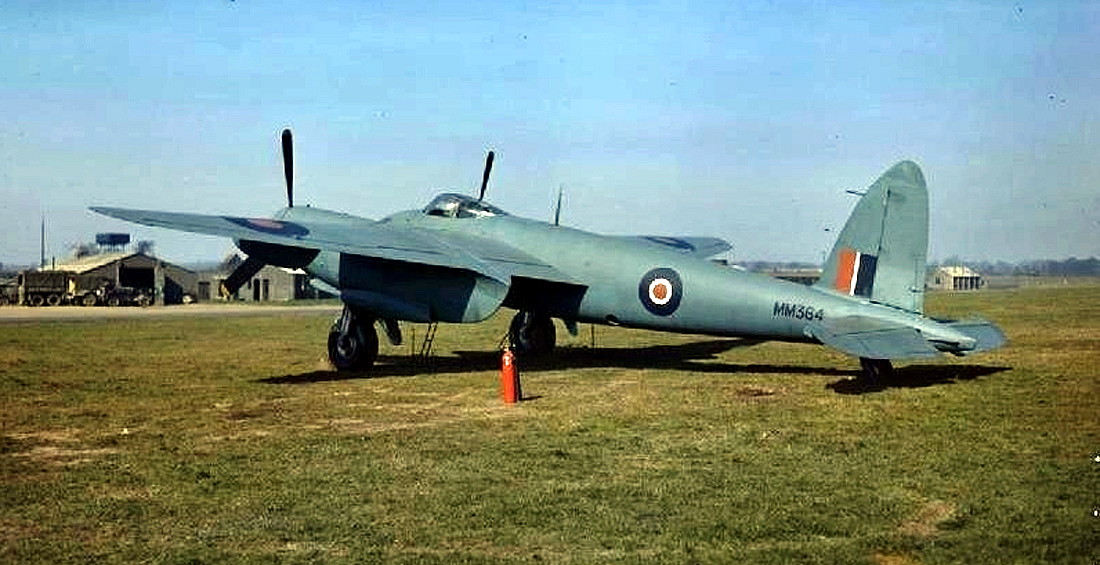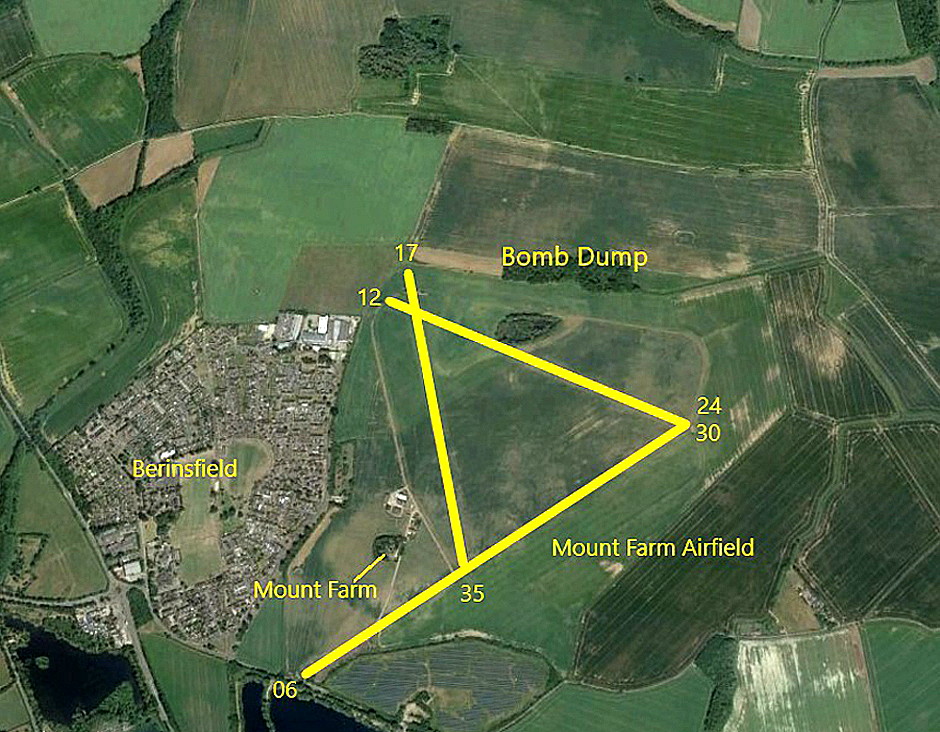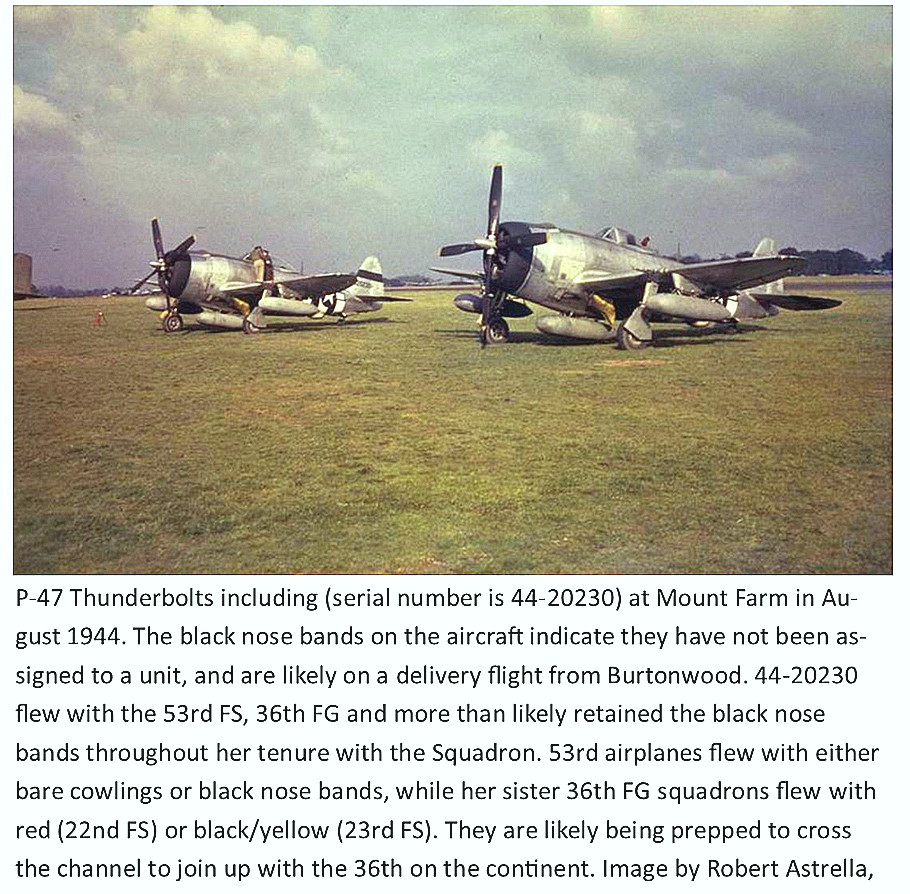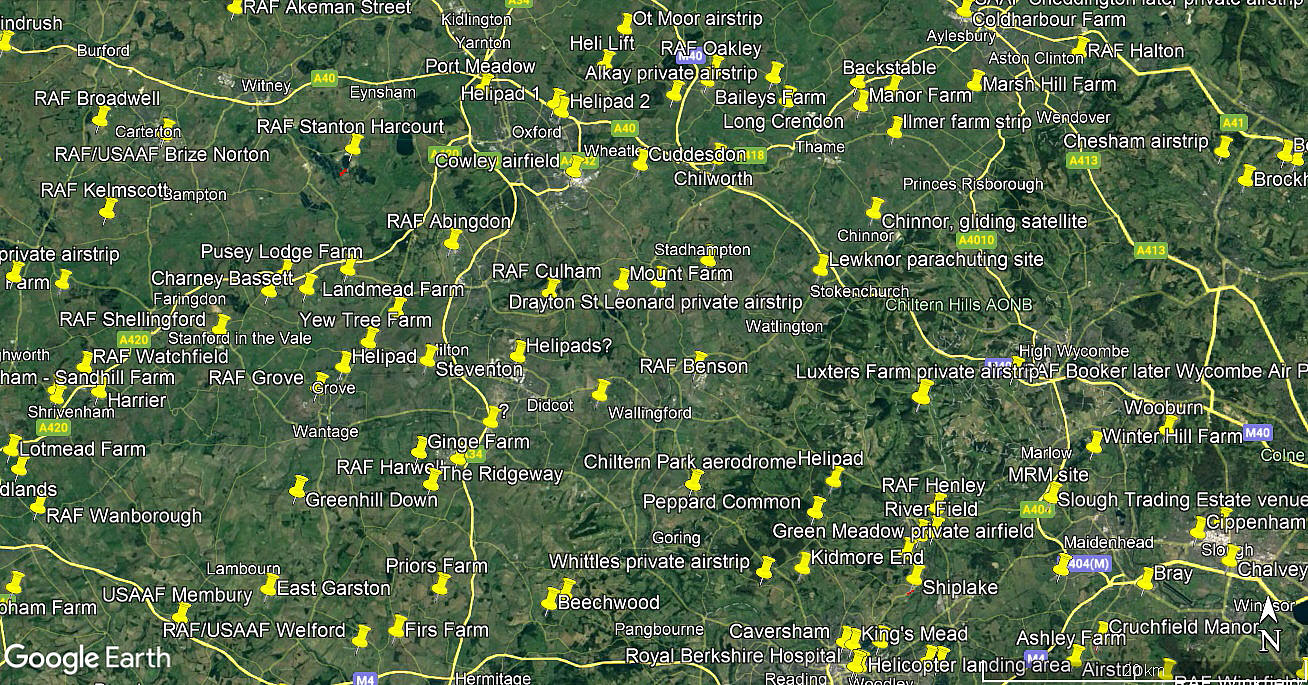Mount Farm
MOUNT FARM: Military aerodrome (originally known as DORCHESTER it seems, a village about 1.5nm S of the airfield)
Originally a SLG (Satellite Landing Ground) for the RAF Photographic Reconnaissance Unit at RAF BENSON. The 8th USAAF moved in during February 1943, as Station 234 (MF).
Military users: RAF, 8th USAAF
325th Photographic Wing
7th Photographic Group
13, 14, 22 & 27 Sqdns ( North American P-51 Mustangs, Supermarine Spitfire IXs & Lockheed F-5 Lightnings)
Note: It appears the P-51 Mustangs were used as escorts
Location: W of Drayton St Leonard, 8nm SE of Oxford
Period of operation: 1940 to 1946 (Some say 1945 when flying operations ceased)
Runways: Initially an all-over grass airfield
17/35 1005x46 hard 12/30 1005x46 hard 06/24 1463x46 hard
A MICHAEL T HOLDER GALLERY
Note: All the WW2 colour photographs are from the American Air Museum
Note: Captioned as being a de Havilland DH89A "Dragon Rapide", in military service they were named 'Dominie'.
Note: This B-17, 44-8321, was with the 34th Bomb Group. Had it diverted? The group line up shows, from L to R, two North American P-51 Mustangs, a Republic P-47 Thunderbolt and a Boeing B-17 Flying Fortress.
Note: This Consolidated B-24 Liberator, 44-40454, was nick-named 'Betta Duck'. Possibly used for photo-recce duties?
Notes: It appears that this North American B-25C Mitchell, 42-53357, named "Miss Nashville" also served with 7th Photographic Group. The men standing in front of Lockheed F-5 Lightnings were from the 7th Photographic Group. The de Havilland DH98 Mosquito PR MkXVI, MM364, was being handed over to the USAAF 7th Photo-recce group.
Note: The local area and area views are from my Google Earth © derived database.
Notes: In 1944 the USAAF ‘borrowed’ RAF photo-recce ace Adrian Warburton for his first deep penetration sortie into SE Germany, a task he certainly wasn’t suitably qualified to undertake according to some accounts. Warburton had become a photo reconnaissance 'hero' flying mostly out of Malta. After a car crash on Malta following a heavy drinking session he was badly injured and became depressed. The son of the US President Colonel Elliott Roosevelt was a big name in photo reconnaissance, and, being a big fan and also something of a friend, he offered Warburton the chance to fly with the USAAF.
Flying a USAAF Lockheed Lightning from MOUNT FARM he disappeared without trace.and it was sixty years before his remains were discovered and this very sad story told about how he had been shot down near his ‘target’ on his first mission with the USAAF.
MANNING LEVELS
The fact that 1823 USAAF personnel were based here in late 1944 gives a good indication of just how important photo-reconnaissance was in WW2. The RAF photo reconnaissance HQ was based nearby at RAF BENSON.
We'd love to hear from you, so please scroll down to leave a comment!
Leave a comment ...
Copyright (c) UK Airfield Guide














